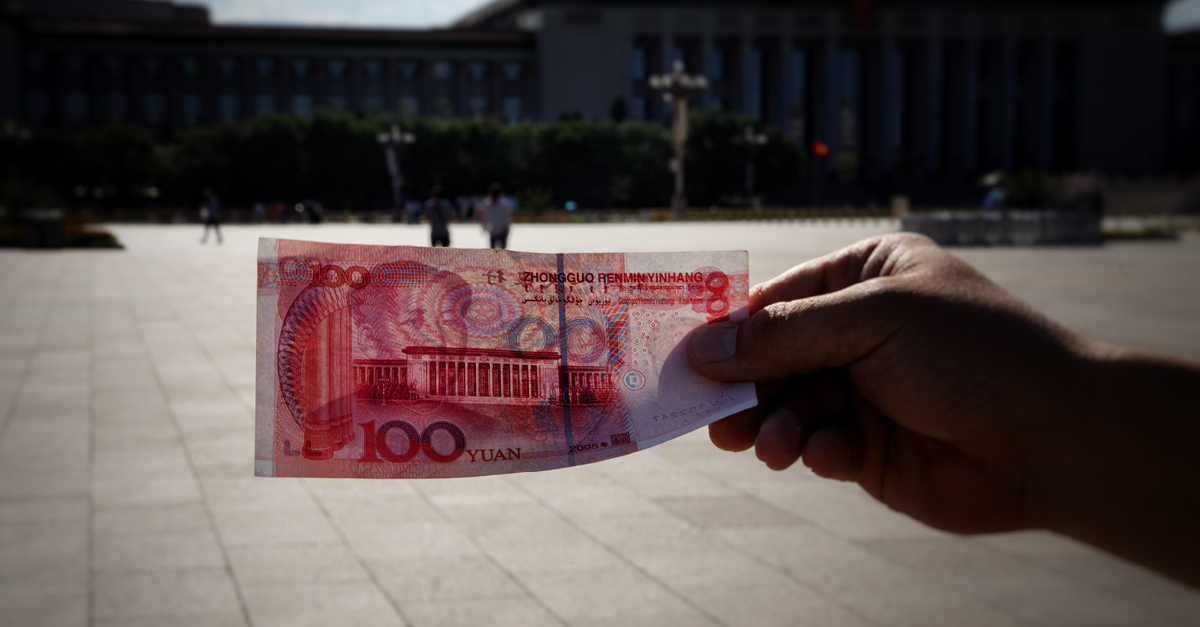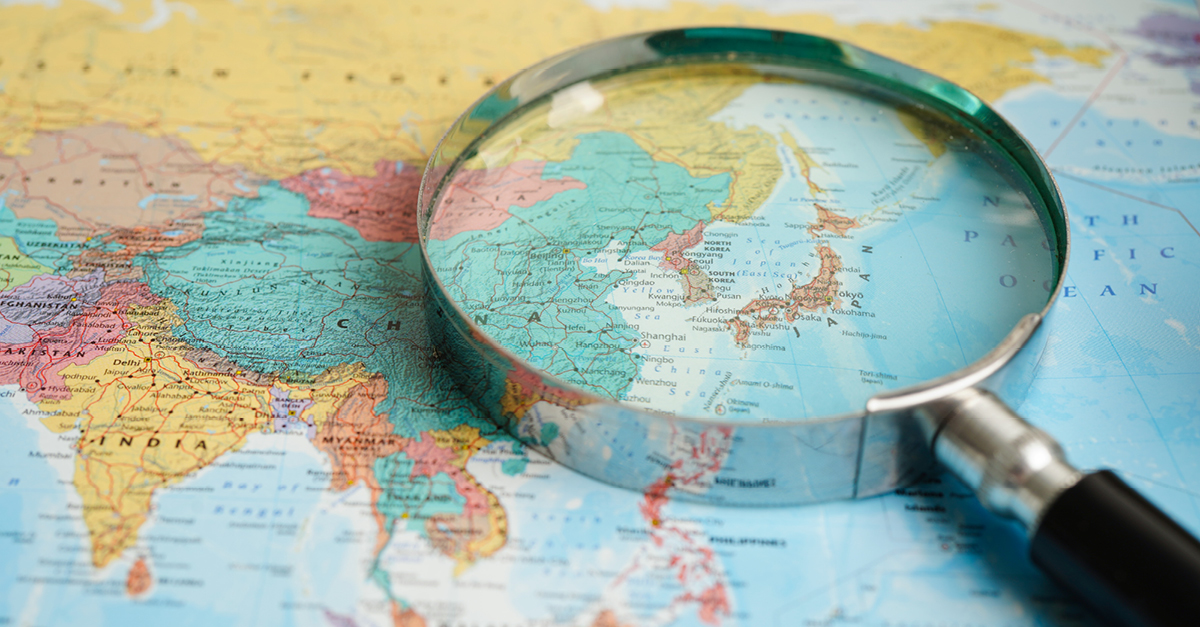It seems remarkable now to think that the opening up of Asia to Western businesses is a relatively new phenomenon.
Until recently many Asian countries were either fully closed or heavily restricted to European and American companies. Free-market economics and capitalist ideas were in many cases outrightly rejected or at best viewed with deep suspicion.
Businesses in the West were desperate to tap into these underdeveloped markets. To gain a foothold in the door, many companies opened up offices and/or factories in Hong Kong and Singapore. These English-speaking capitalist states had high-tech manufacturing and export-lead economies and literally billed themselves as ‘Gateways to Asia.’ These two city states almost had a monopoly on this for several decades..
The tea rooms, bars and restaurants of Hong Kong and Singapore saw innumerate relationships built, introductions made and deals done. They opened doors for a company to do business in one of the many Asian nations who were previously closed to them. Exports sailed out of the Ports of Singapore and Hong Kong and the cash flowed back into the local economy.
Times have now changed, in the 2020s most of the continent is home to thriving capitalist economies. Factories and offices of Western businesses can be found in as diverse places as Cambodia, the Philippines and Burma . An export-based free market economy is no longer seen as unconventional or undesirable to national leaders across Asia.
Given the dramatic shift changes, how do places like Hong Kong and Singapore, who were once the only real places to do business in Asia, fit into this new paradigm?

Singapore: the ultimate regional hub
Singapore’s number one asset is its location. It was one of the prime reasons why the British chose to plant a colony there in the early 1800’s. Singapore is close to the high growth economies of Indonesia and Vietnam, sits at the heart of shipping lanes that connect multiple continents and benefits from a proximity to both China and Australia.
In the 1960’s, the city-state decided to mark a very different course from its neighbours. It maintained close ties with its former colonial ruler the United Kingdom and introduced a whole range of measures that would make it even more business-friendly than the City of London!
Over the 70s and 80s it would become a manufacturing hub for high-tech products and built a reputation for itself as an island of economic and fiscal responsibility in a sea of instability and opposition to Western ideas.
Sitting at the beating heart of South East Asia, Singapore was able to see the changes coming towards the end of the 20th century, recognising that its neighbours were on the path to opening up and moving towards a much more western model.
Over time the state therefore took active measures to diversify its economy and it privatised several key industries in the late 80s, then further liberalised in the early 2000s.
Today, Singapore knows that it can’t compete on many fronts with its neighbours now that they too are fully open for business. (For example its labour costs are in many ways no-longer competitive) so it has built itself as the ultimate regional hub.
It offers services and facilities that many countries can’t fulfil themselves and prides itself on its low corporation tax and free-market business friendly policies. These create an environment that encourages multi-national companies to HQ themselves there.
Its banking facilities and business services are world renowned and it is classed as one of the easiest places to do business in the word. Singapore has one of the lowest rates of corruption in the world and it will be decades before its neighbours are able to achieve a similar status.
The Port of Singapore is a perfect example being the one of the biggest and most transited ports in the world, as is the airport which is a passenger and cargo transit metropolis. The island is the ultimate transit hub.
To further underscore just how Singapore has managed to ingrain itself into the regional economy we can use oil as an example. Singapore has one of the world’s biggest oil refineries. In 2020 it exported over $20billion in refined petroleum yet it has no oil deposits of its own. Crude is brought in from the Gulf and is then exported to places like Malaysia, Indonesia and Australia who lack a similar scale of infrastructure.
All this combined has secured Singapore’s position for the long-term. Its economy and society has strong and deep foundations and its currency, the Singapore Dollar (SGD) remains a haven when compared to its neighbours.
In the new Asia, Singapore is the ultimate regional hub.
Hong Kong: China’s economic link to the West
Hong Kong recently marked the 25th anniversary of the transfer of sovereignty from the UK to China. Up until 1997, Hong Kong was a British colony, in effect the last. It had a British Governor and its citizens were subjects of the British crown.
Hong Kong’s history has been highly contested and controversial. What is clear though is that its transformation into an economic powerhouse was the result of both its location and its liberal economic policies (which made it one of the most ardent free-market economies in the world.)
In the last few decades of the 20th century, Hong Kong became one of Asia’s key financial hubs as multinational corporations flocked to the colony to do business. It became known as the Gateway to China and financially linked the East and West. Like the City of London is the financial centre of Europe, Hong Kong became Asia’s financial centre and bank.
In 1997, Hong Kong became a Special Administrative Region of China and the handover ensured this would remain so for the next 50 years. At the time, Hong Kong’s proportion of the Chinese economy was estimated at being worth 25%+. It played a vital role in facilitating Chinese growth.
This however has changed in recent years, as China has become an economic powerhouse in its own right and has become less reliant on Hong Kong to help finance its growth. Hong Kong is now only worth around 3% of the overall Chinese economy. It is just one of many economic hubs in the country. With this in mind, many have speculated about the role that Hong Kong will play in the future.
To begin with Hong Kong’s physical infrastructure means it will remain a player for many decades to come. The Port of Hong Kong is one of the world’s busiest, its airport one of the most connected and its location (obviously immovable). Given its different regulatory and legal system, it remains a thoroughly desirable place for Western companies to do business. The agreement on Hong Kong signed by China means this system will be in place until at least 1 Jul 2047.
For China, there is also a massive benefit to Hong Kong’s status. Given the many capital restrictions internally on the mainland, Hong Kong is the perfect intermediary outlet for allowing money and therefore investment to flow in and out of the country.
It is the gateway for international finance between China and the rest of the world.
When Chinese companies are looking to raise capital and expand internationally, they often go through Hong Kong and when Western companies are looking to do business in China, they often use Hong Kong intermediaries.
Hong Kong’s stock exchange features multiple-Chinese corporate giants. This allows these companies to raise funds in HKD and gives these Chinese corporations an additional layer of credibility.
Finally the Hong Kong Dollar also provides a crucial role in the Chinese economic and financial ecosystem. The Yuan is a heavily restricted currency, however the Hong Kong Dollar is freely traded and pegged to the Dollar. Having the HKD as a link to the world currency markets significantly helps both the Chinese economy and the Renminbi.
Whilst its status and situation may have changed in recent years, Hong Kong looks set to remain the fundamental link and gateway between China and the West for many decades to come.





